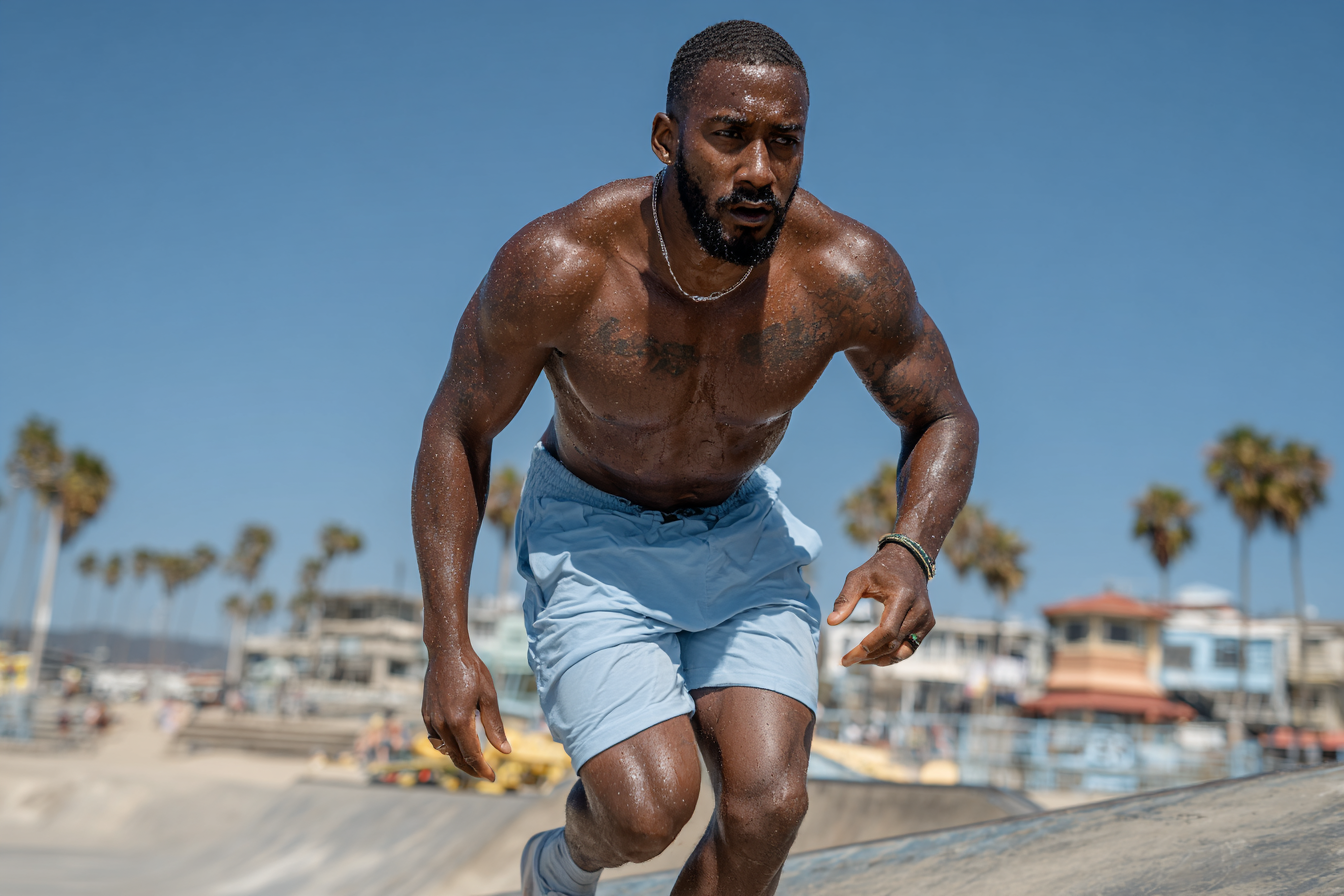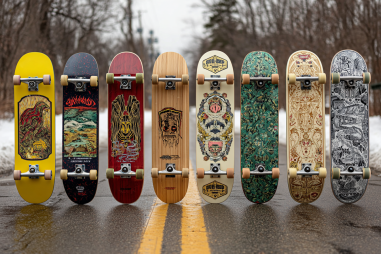Skateboarding is an exhilarating sport that demands more than just skill on the board—it requires solid physical fitness to truly excel and avoid injuries. Whether you’re just starting out or you’re a seasoned skater aiming to land your next big trick, developing your strength, balance, endurance, and flexibility can make a world of difference. By focusing on specific skateboarding fitness exercises, you can improve your overall performance and enjoy longer, safer sessions at the skatepark.
Understanding the Key Muscle Groups Used in Skateboarding
Before diving into exercises, it’s important to understand which muscles you use the most when skateboarding. The sport requires a unique combination of strength and coordination across several muscle groups:
- Leg muscles: Your quads, hamstrings, glutes, and calves work constantly to push, balance, and absorb impact.
- Core muscles: A strong core stabilizes your body during tricks and helps with balance and control. This includes the abdominals, obliques, and lower back muscles.
- Lower back: Supports posture and helps you stay upright and balanced, especially during landings.
- Upper body: While not as heavily involved in pushing as the legs, your arms and shoulders help with momentum and maintaining balance, especially during flips and slides.
Recognizing these muscle groups allows you to target your workouts effectively to boost your skateboarding prowess.
Warm-Up Exercises for Skateboarding
Warming up before skating is essential to prepare your muscles and joints for the physical demands ahead. A good warm-up increases blood flow, improves flexibility, and reduces the risk of injury. Aim to spend 5-10 minutes warming up before hitting the board with these simple exercises:
- Jumping jacks: Jumping jacks get your heart rate up and activate major muscle groups.
- Leg swings: Front-to-back and side-to-side leg swings help open up your hip flexors and improve range of motion.
- Arm circles: Large and small circles get your shoulders moving smoothly and ready for action.
- Bodyweight squats: Warms up your legs and engages your core.
- Hip rotations: Loosens up your hips, a crucial joint for balance and tricks.
Strength Training Routines for Balance and Power
Building muscle through strength training increases your power and stability on the skateboard. Focusing on balance and explosive strength can help you push harder and stick those landings. Here are some effective strength exercises tailored for skateboarders:
- Squats: Whether bodyweight or weighted, squats build strong legs and glutes.
- Lunges: Forward and reverse lunges promote unilateral leg strength and balance.
- Deadlifts: Build hamstring and lower back strength, helping with stability and preventing injury.
- Planks: Strengthen your entire core, which is key for maintaining control during tricks.
- Single-leg balance exercises: For example, standing on one leg while slightly moving or catching a ball challenges your balance system.
- Box jumps or plyometric drills: Improve explosive power to help with ollies and jumps.
Cardiovascular Workouts to Enhance Endurance
Skateboarding sessions can be physically intense and draining if your cardiovascular fitness is lacking. Building endurance means you can skate longer without fatigue setting in. Here are some cardio workouts that integrate well with skateboarding training:
- Running or jogging: Starting with moderate distances improves lung capacity and leg stamina.
- Jump rope: Excellent for improving foot coordination and cardiovascular endurance.
- High-Intensity Interval Training (HIIT): Short bursts of intense effort followed by rest periods mimic the stop-and-go nature of skateboarding.
- Cycling: Helps build leg endurance with lower impact on the joints.
Flexibility and Mobility Exercises
Flexibility and mobility are often overlooked yet extremely important components of skateboarding fitness. They help you maintain a full range of motion, perform tricks more smoothly, and reduce the risk of strains or sprains. Incorporate these stretches and mobility drills regularly:
- Hamstring stretches: Keep your legs flexible for better pushing and landing form.
- Hip flexor stretches: Open up tight hips that can limit movement.
- Calf stretches: Improve your lower leg flexibility to absorb impacts better.
- Spinal twists: Maintain good torso mobility for better rotation during tricks.
- Dynamic stretches like leg kicks or lunges with twists: Prepare your body for active movement patterns used in skateboarding.
How to Incorporate These Exercises into Your Weekly Routine
To see real improvements in your skateboarding fitness, consistency is key. Here’s a suggested weekly schedule to balance your workouts without overtraining:
- 3 days of strength training: Focus on legs, core, and balance exercises. Keep sessions around 45-60 minutes.
- 2-3 days of cardiovascular workouts: Mix running, jump rope, or cycling with intervals for variety and endurance.
- Daily flexibility and mobility work: Spend 10-15 minutes stretching and doing mobility exercises, especially on skate days.
- Warm-up before every skate session: Never skip proper warm-up drills to prepare your body and reduce injury risk.
Listen to your body, and allow rest days as needed to recover and avoid burnout.
Tips for Injury Prevention While Training and Skating
Skateboarding naturally comes with some injury risk, but you can reduce it by incorporating these important safety tips:
- Wear protective gear: Helmets, wrist guards, knee and elbow pads are essential, especially when learning new tricks.
- Warm-up and cool down: Always prepare your muscles beforehand and stretch after sessions.
- Progress gradually: Avoid pushing too hard too fast. Build strength and endurance step-by-step.
- Focus on proper technique: Good form during both skateboarding and exercises reduces strain on joints.
- Stay hydrated and nourished: Good nutrition supports muscle recovery and performance.
- Rest adequately: Recovery prevents overuse injuries and keeps you skating longer.
By combining targeted fitness exercises, smart training routines, and injury prevention strategies, you create a solid foundation for improving your skateboarding skills while keeping your body healthy.
Building Fitness for Better Skateboarding
Enhancing your skateboarding performance goes hand in hand with building your fitness. By focusing on strength, balance, endurance, and flexibility, you’ll gain the physical tools necessary to push your limits confidently and safely. Incorporate warm-ups, strength workouts, cardiovascular training, and mobility exercises into your weekly routine to see steady gains on your board. Better fitness means better tricks, longer sessions, and fewer injuries—so get moving, stay consistent, and watch your skateboarding skills soar!







